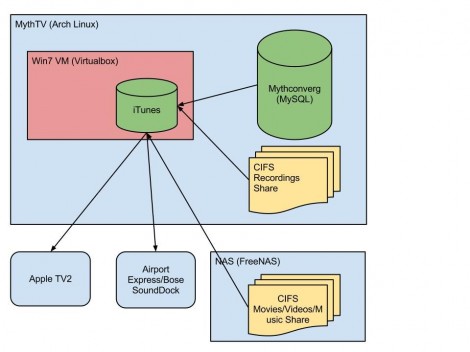Recycling old CRTs is a true Hackaday tradition, and [Rob’s] mini arcade is sure to grab your attention.
First of all, you’ll probably appreciate [Rob] circumventing the supply shortage by getting all his components from recycled material. That’s probably the only way to get anything these days. He salvaged a small CRT from an old-school video intercom system and snagged the buttons, speakers, and switches from other unused devices laying around. Not all is lost, however, as [Rob] was able to purchase an Arduino Nano and a few resistors online. So maybe things are turning around in that category, who knows?
You’ll probably also appreciate how remarkably simple this hack is. No need for a Raspberry Pi as your standard 8-bit microcontroller will do the trick. And, fortunately, [Rob] found a nice library to help him generate the composite video signal, doing most of the work for him. All that was left to do was to build the arcade cabinet. Recreating the classic design was a pretty easy step, but you might opt for something a little nicer than cardboard though. But, hey, if it does the trick, then why not?
Cool project, [Rob]! We’re definitely happy to add this project to our retro collection here at Hackaday.
Continue reading “TVout Library Brings Cardboard Arcade To Life”
















